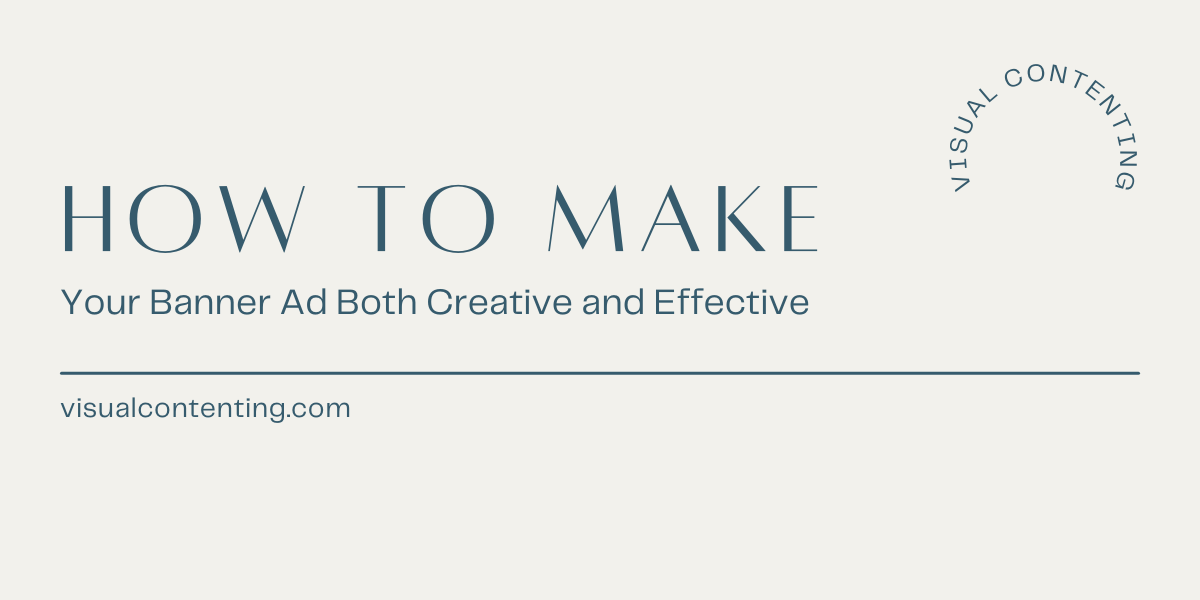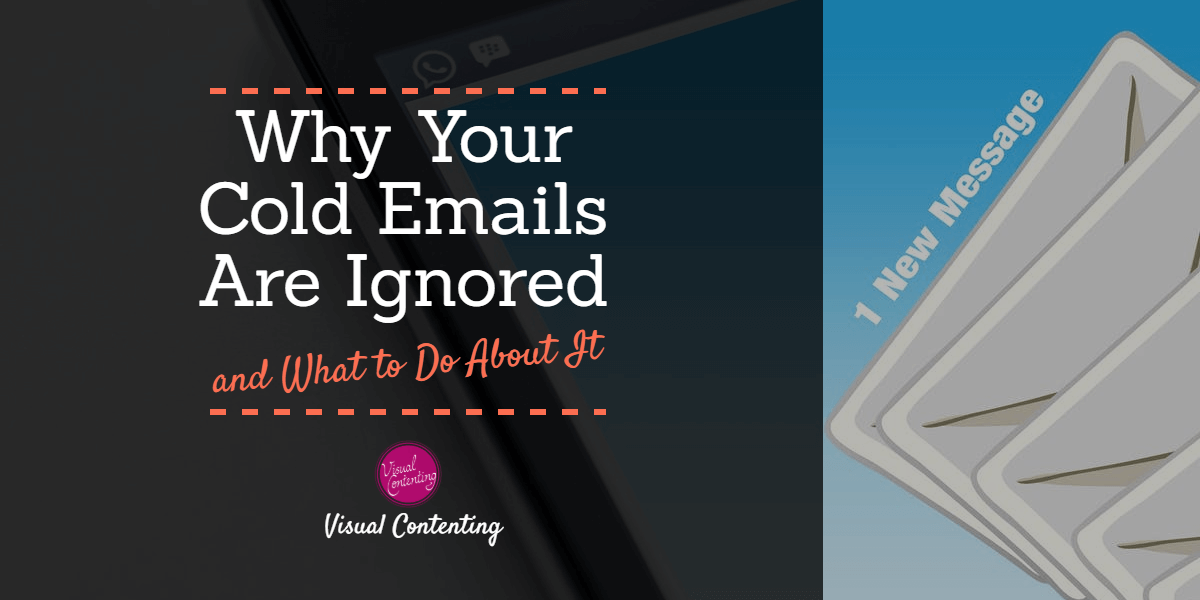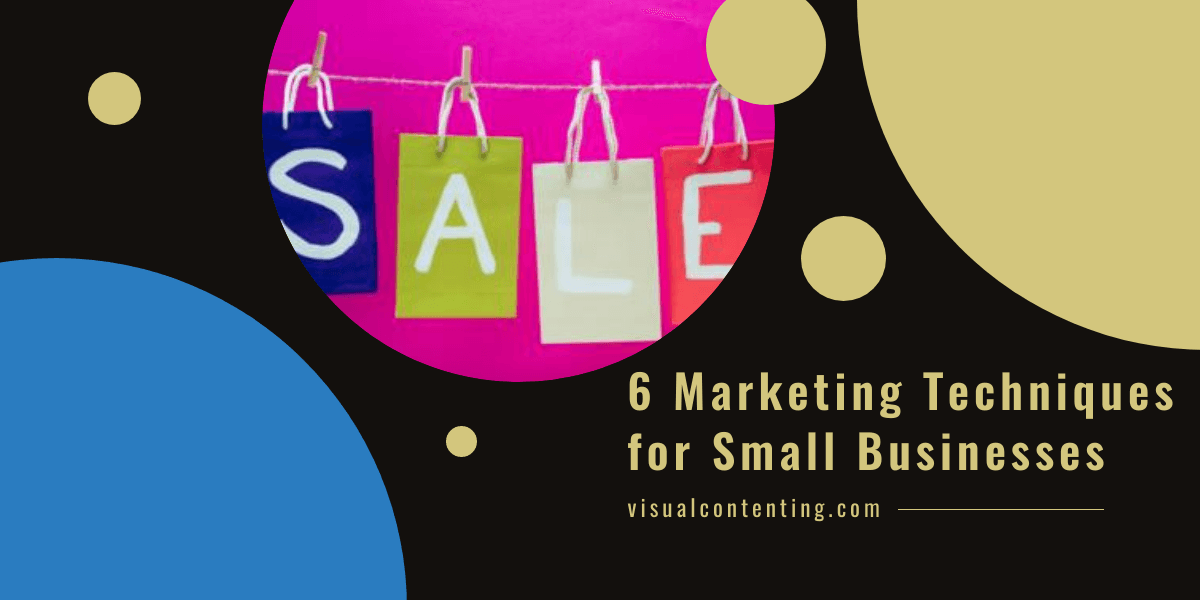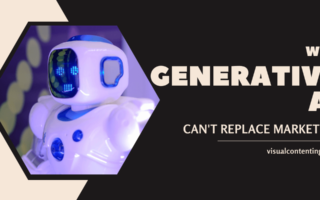Banner ads are among the top forms of marketing in today's online world, and they can be found in various shapes and sizes. Designing one is all about making it clickable and relevant.
Banner ads are an advertisement with embedded images. Digital marketers can showcase a product or brand that links back to the advertiser's website. Most companies opt for them because they're cost-effective, measurable and prove to be effective for brand awareness.
How to Tell if Banner Ads Are Effective
Most people find it difficult to create a banner to instill emotion or a reaction. When consumers go online, their goal isn't to watch ads. They check social media updates, watch videos, read the news and play games.
Fortunately for marketers, display advertisements don't interrupt the scrolling experience as a televised ad would. In fact, banner ads can drive brand objectives and even sales when companies do it right.
In general, there are three principles for creating a successful banner ad.
- Make it compelling. Banner ads can capture and attract attention with a headline or visual aspect. The marketing message can have a breakthrough with animation, brand colors, people's faces and transparent text.
- Be concise. An internet user is likely to pay attention to a banner ad for only a second. Marketers need to make it as concise as possible for the message to stick.
- Be transparent. Banner ads are typically smaller in size, so marketers might not always have much room when creating one. Advertisers should avoid cluttering the ad to make it the most effective. Instead, clear communication with a single marketing message and product will define it more.
Marketers can create effective banner ads with the top tips below.
1. Design Standard Banner Sizes
Per Google Adsense’s recommendations, the top-performing ad sizes include:
- 728 x 90 px leaderboard
- 300 x 600 px half page
- 300 x 250 px medium rectangle
- 336 x 280 px large rectangle
2. Incorporate Hierarchy
Balance is the key to an effective banner ad. A display ad that emphasizes hierarchy can increase brand awareness and drive traffic to a website. Digital marketers can maintain ranking by incorporating three components:
- A company logo: The company logo is essential to building brand awareness. It should appear visually dominant when designing an effective banner ad.
- Value proposition: A value proposition displays the service or product provided and captures attention through attractive offers and prices. For example, "Limited-time offer" and "30% off" are often eye-catching elements that viewers will take notice of online. Components such as this can take up the most space for attention to stick.
- Call to action: CTAs should be brief yet visually appealing within the display ad. A CTA can be in the form of a text or button and invites users to take action by clicking on it. Typical phrases of a CTA include "Learn more" or "Get started." Marketers must remember that the CTA should be a clear focal point in a banner ad.
3. Choose a Color Scheme
Colors are responsible for evoking different emotions. It's important to consider this factor when creating a banner ad because it's usually the first element a user will notice.
Additionally, colors can be subjective and have different meanings in various cultures. Marketers must study their target audience well when making the proper shade selections. Here is a list of examples and emotions they can portray for a Western audience.
- Red evokes passion, anger and love. It's generally a powerful color that attracts excitement, yet advertisers should use it in moderation.
- Orange provides a playful and refreshing feeling. The color is not as overwhelming as red, yet it's powerful enough to stand out.
- Yellow exudes cheerfulness and happy emotions. This color is eye-catching and simultaneously youthful.
- Green relates to health, wealth, environment, nature and freshness. It's also easy to look at.
- Blue promotes trust, clarity, safety, coolness and masculinity. It's also one of the most popular colors for logos.
- Purple evokes feelings of luxury, wisdom, creativity and femininity. This color also has a serene, calming effect on the user.
- Pink is the color of love, youthfulness, sweetness and femininity. There is a wide range in tone and brightness.
- White typically means purity, sterility, honesty, innocence and simplicity.
- Black is associated with power, prestige, exclusivity and formality. This color is classic and mostly useful for black text on a white background for readability.
- Brown is the color of nature, leather, wood, masculinity and seriousness. Brown can balance out stronger colors and does well as a background or texture.
- Gray is neutral. It's often used as a background and can intensify other colors.
4. Use Animation
An animated banner ad can be very effective for capturing the audience's attention. Marketers that use this form of advertisement typically find it outperforms static banner ads. However, it's crucial to ensure this doesn't distract people from the message.
5. Add Imagery When Necessary
Only choose graphics or photos related to the product and the message. Businesses can't afford to use abstract imagery.
Affordable stock photo licenses are available online if professional photography is not within the budget. However, ads can greatly benefit when companies hire an illustrator or graphic designer to create the image.
Pictures aren't always necessary, though. Good copy and typography can easily produce comparable results.
6. Create Interactive Ads
Interactive ads effectively invite users to engage with the ad in an immersive way. Marketers can use them to turn traditional advertising into an interaction. This allows them to engage with consumers and encourage them to act instead of ignoring the ad altogether.
There are several ways to add interaction within a display ad. For instance, some companies use game-like elements or scratch-off features to encourage movement with the user's mouse or finger.
7. Place the Banner Ad in a Proper Position
The ad's position is entirely up to the website itself. However, marketers use quite a few common standards across the internet.
Some of the most successful ad positions are placed within the content, heading, left and right margins, and below the fold. Overall, ads that are close to the content, appear above the fold and near thought-provoking content will achieve optimal results.
8. Complement and Blend In
Marketers that choose to create an ad for a specific website should use complementary colors. That makes it appear less like an advertisement, increasing trust and provoking users to take action.
Users tend to look the other way if the ad sticks out or is too contrasting. Nobody wants to be confronted with an in-your-face ad that is obviously selling something. This can easily turn consumers away instead of drawing them in. Marketers should consider blending and earning trust to get the reaction they are looking for.
Creating Better Banner Ads
These best practices can add to the creativeness and effectiveness of a banner ad and bring about the required results. There are plenty more guidelines to consider but start with focusing on quality creative work first. The rest will fall into place.
This takes time and effort, but the investment will certainly be worthwhile. Good creative banner ads yield the best results with proper testing and measuring. All this work will pay off in the end.
Devin Partida writes about topics concerning tech and the internet. She is also the Editor-in-Chief of ReHack.com.



